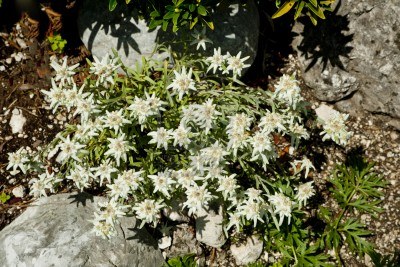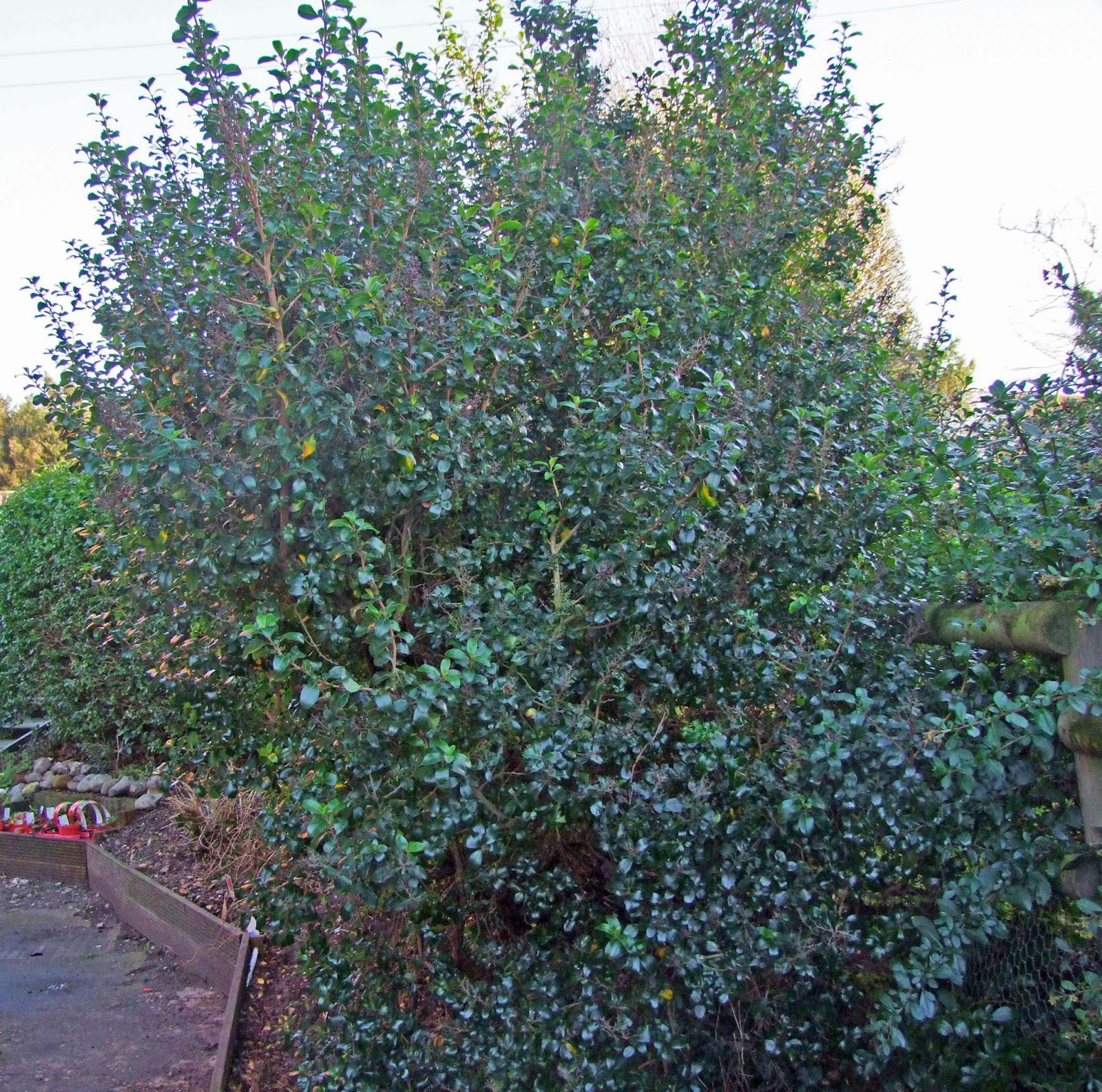With the first of the
year's snow melting into memory thoughts are turning to spring.
February is here and spring is just around the corner. In every
gardening magazine and book available there are long lists telling
gardeners of all the things which need to be done this month and all
other months. There is no time to sit around reading about it there
is work to do!
 |
| Ready for action |
Where to start? Retail
therapy!
Time for an outing to
the garden centre to spend spend spend (much more fun than clinically
shopping on the internet). The shopping list is seed potatoes; summer
flowering bulbs; flower and vegetable seeds and seed compost. It is
guaranteed that however good your intentions not to overdo it you
will come back with far more than you intended, well perhaps the
secateurs need replacing, and there's canes, twine, more fleece,
netting, polythene for cloches, how about more plant labels? Oh and
look at those........ Your get my drift!
 |
| Where will I put the seeds?! |
Once back home and the
car is unloaded it is time to get a move on but before you start
sowing all those seeds is the greenhouse clean and tidy (you really
should have done it at the end of autumn!) are the windows cleaned?
Have you washed all the pots and seed trays? Look out for hibernating
wasps and toads in the pots. Once all that cleaning and tidying is
done its time to get messy (or is that just me who makes a mess?).
Get all those empty egg boxes you've stored and put the early seed
potatoes in to start them chitting. Now open the sack of saved toilet
roll tubes (doesn't everyone save them?) to start the broad beans off, and peas and sweet peas if
you haven't already got them sown. In cells or seed trays sow early
carrots, parsnips, radish, spinach, turnips, leeks, onions, and
brassicas to name but a few. Once all the early veg are sown move on
to summer bedding seeds, I am not going to start listing them all
because you will have already chosen your favourites. I do hope
there's plenty of shelf space in the greenhouse amongst all the
overwintering plants. If there is room owners of heated propagators
can sow some tomato seeds too.
 |
| A lot of work needed here |
Outside the borders
need lightly digging over for the summer bulbs to be put in; the
dormant shrubs and trees need pruning; shrubs in the wrong place need
moving; the spring flowering plants you bought need putting in
(you thought I hadn't noticed them at the garden centre!); overgrown
perennials need splitting and there's plenty of tidying to be done.
I've probably missed out loads of things but as I said there are
lists everywhere so you can double check what else needs to be done. Or just look round the garden.
 |
| Cloched for business |
 |
| Trainee Pruning Inspector |
Once you are satisfied
that the decorative garden is sorted out it is time to move on to the
vegetable plot (or allotment), plenty to do here. The soil needs
digging over and organic matter dug in; cloches need to be put over
the soil to warm it up, assuming we get some sunshine; fruit trees
and bushes will need feeding and mulching and spraying; cover the
gooseberry bushes with netting so the bullfinches can't eat the buds
and while you've got the netting out cover the overwintering
brassicas so the pigeons can't get fat on your crop. Next grab some
fleece to wrap up the cauliflowers against frost (maybe another job
which should have been done last year) it's probably worth putting some
over the fruit trees too so the flower buds don't get caught by early
frosts. If you succumbed to new fruit trees and bushes this is the
time to plant them. Then dig some drills for sowing garlic, shallot
sets and Jerusalem artichokes. Fancy some wine? Well get some
grapevines planted too. Lastly for now, you have turned the compost
heap and tidied the shed haven't you?!
 |
| February Last Year! |
Oh all right –
perhaps now it is dark its time for a hot bath to soak all the aching
muscles after all that work.
All this can
only be achieved if the weather is kind, no more freezing
temperatures, snow, driving rain or howling gales. We'll be lucky!
There's only four weeks
until March, then it gets busier, and even busier in April, and
May......



















